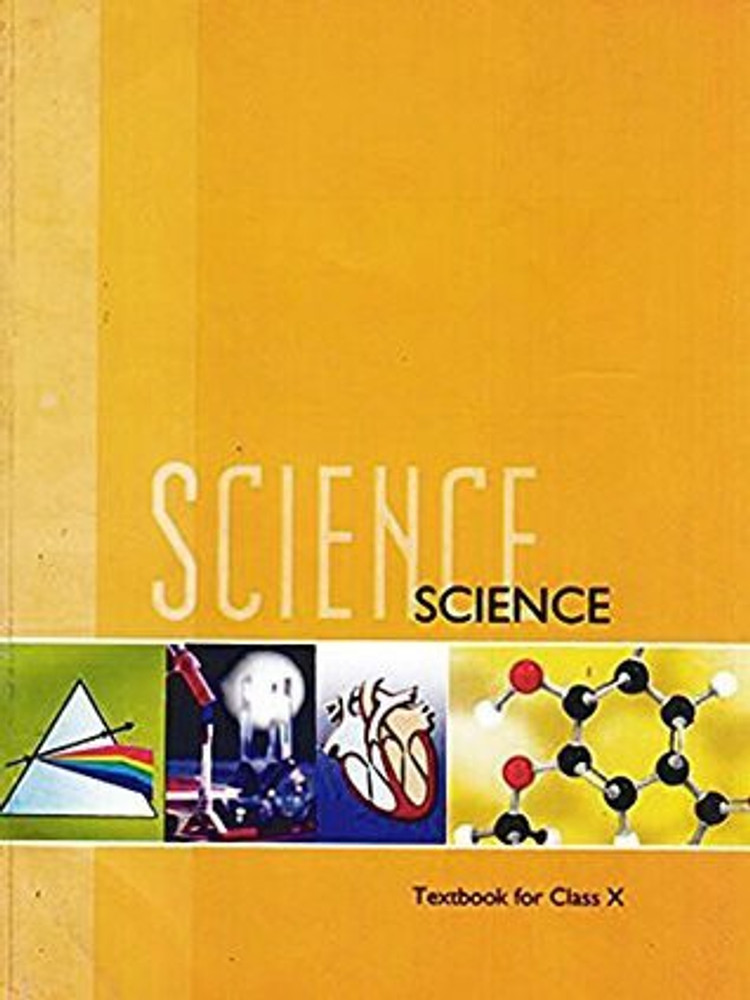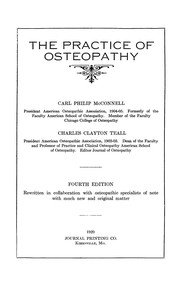Earth's Orbit and Tilt Linked to Ice Age Cycles, Next One Delayed by Climate Change
Scientists have discovered a strong link between Earth's tilt and past ice ages, predicting the next glacial period would have started in 11,000 years. However, rising greenhouse gas emissions are disrupting these natural cycles. The research, based on ocean sediment data, supports the theory that Earth's obliquity governs ice expansion while precession influences ice retreat. With human activity altering CO₂ levels, a new ice age may never occur, shifting Earth's climate trajectory permanently.

Shifts in Earth's tilt and orbit have played a crucial role in the onset and end of ice ages over the past 800,000 years, researchers have found. A direct link between these changes and the movements of massive ice sheets has been identified, indicating that another ice age would have started within the next 11,000 years if not for the rising impact of greenhouse gas emissions. The study examined how Earth's axial tilt and orbit influence long-term climate patterns, revealing a strong correlation between these factors and the expansion and retreat of ice sheets.
Influence of Earth's Tilt and Wobble on Climate
According to the study published in Science, Earth's axis is currently tilted at an angle of 23.5 degrees. Over a cycle of approximately 41,000 years, this tilt fluctuates, affecting the amount of solar radiation reaching the poles. Another factor, Earth's precession, refers to the wobble of its axis, which influences the intensity of sunlight in equatorial regions over a 21,000-year cycle. Both of these variations have been found to dictate the timing of ice ages.
In an interview with Live Science, Stephen Barker, Professor of Earth Science at Cardiff University, explained that an "amazing correlation" was observed between Earth's obliquity, precession, and ice sheet movements. The study tracked data from ocean sediment cores containing microscopic shells, known as forams, which provided insight into historical ice sheet coverage.
Impact of Human Activity on Glaciation
A timeline for the next glaciation phase was estimated based on natural climate cycles. If human activity were not a factor, ice sheets would start expanding within 10,000 to 11,000 years, reaching their peak over the next 80,000 to 90,000 years before gradually retreating. However, carbon dioxide levels continue to rise, disrupting these natural cycles. Barker noted that sustained high CO2 levels would prevent a new glacial period from occurring.
The findings contribute to a broader understanding of Earth's long-term climate changes and the extent of human influence on natural processes. Researchers emphasise the importance of studying historical climate patterns to assess future climate projections accurately.












)



























































